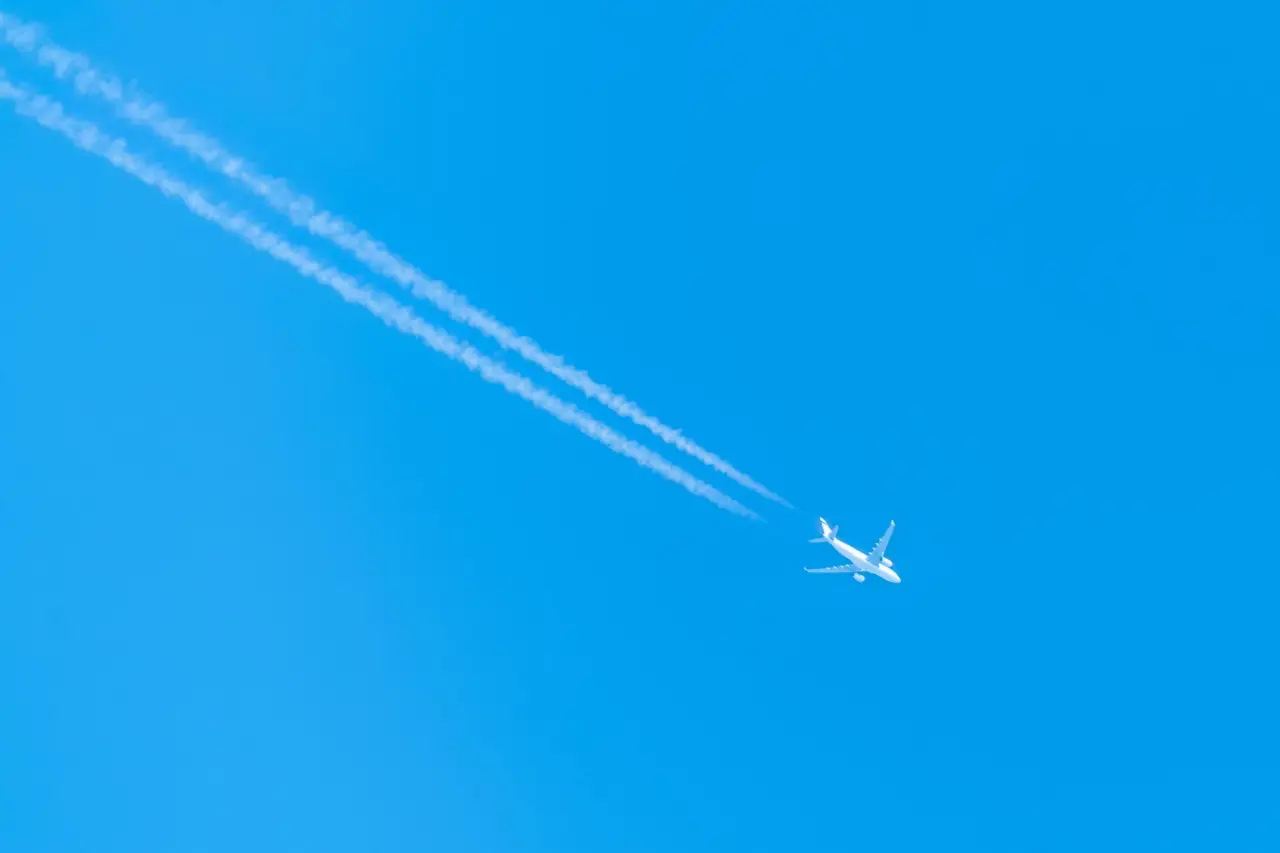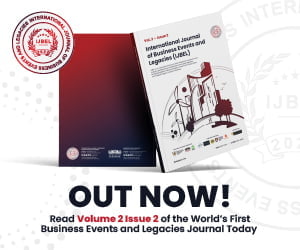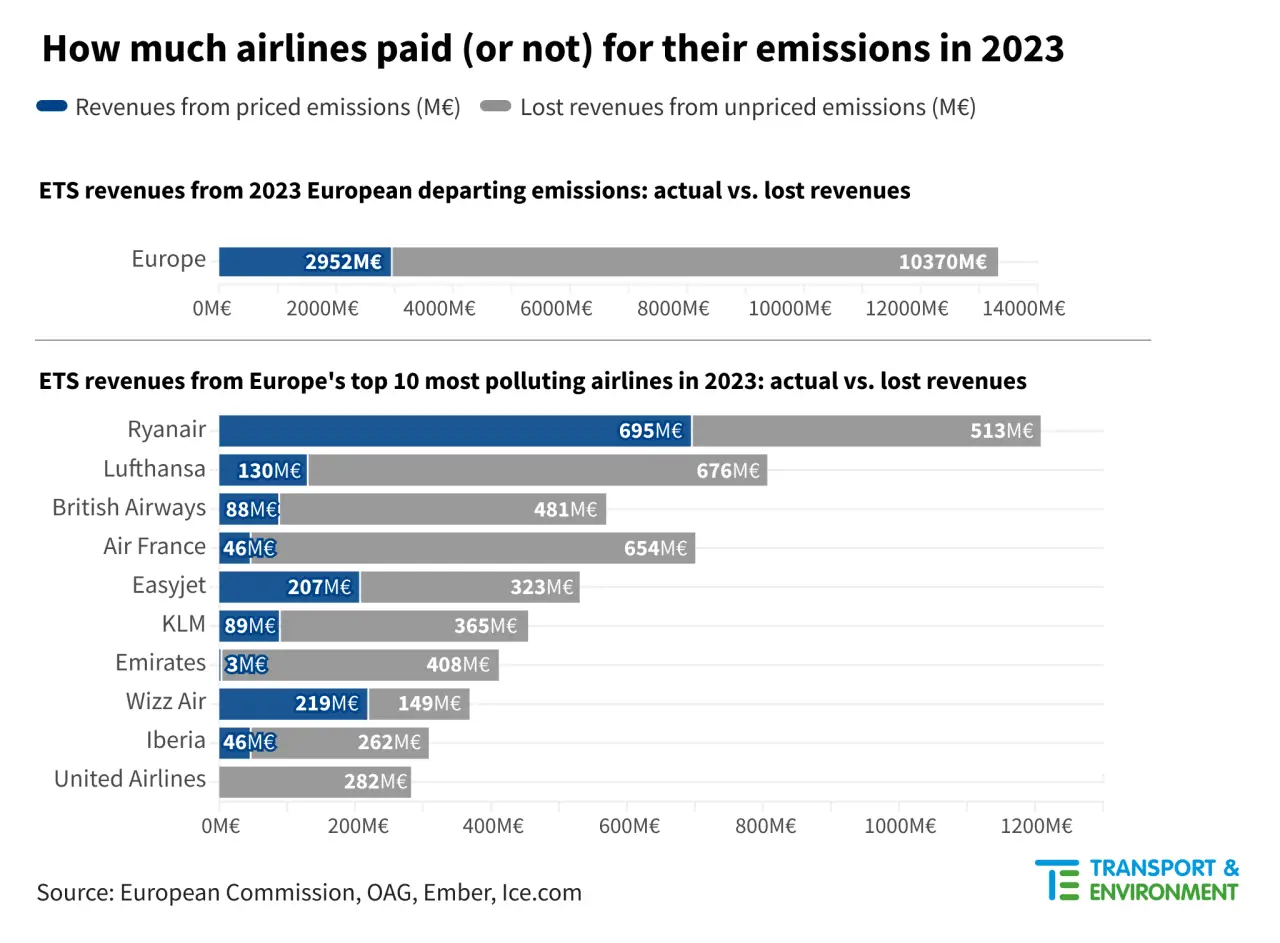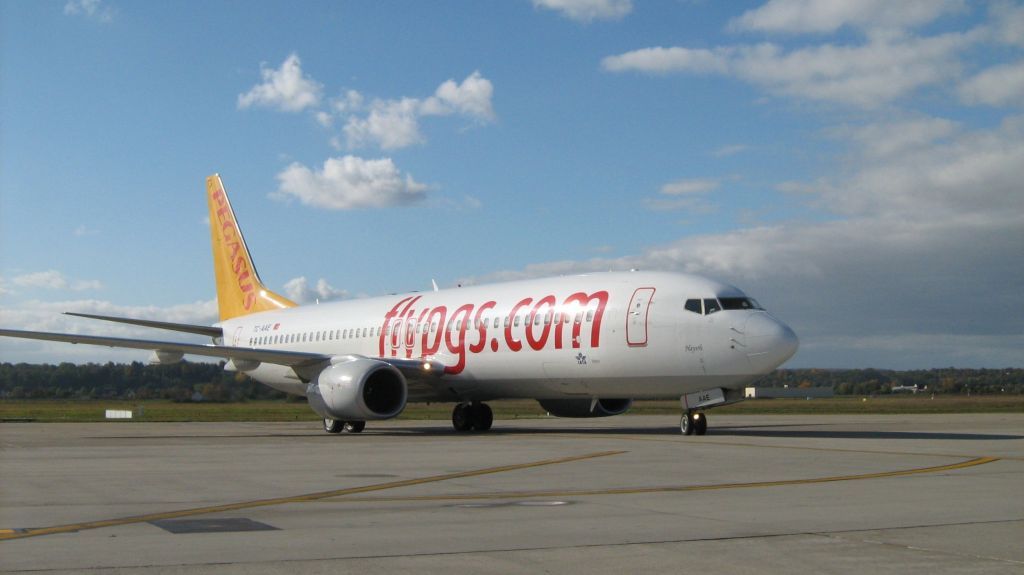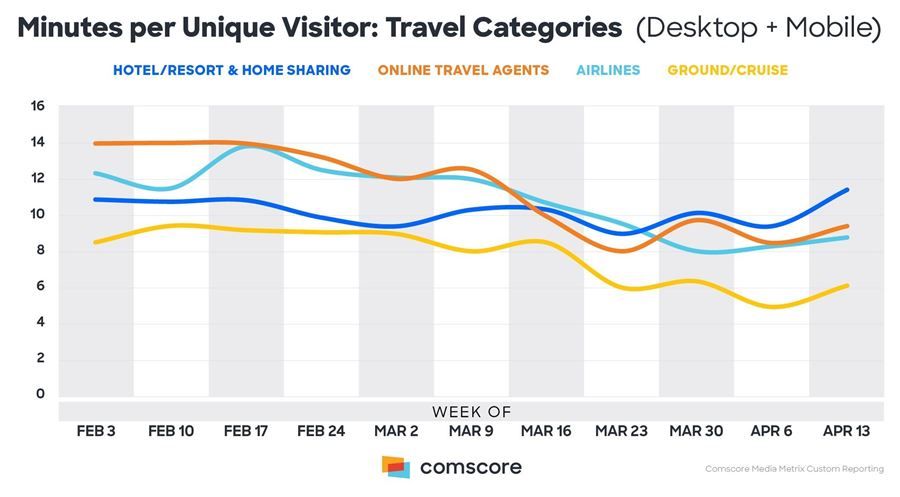Every April, the European Commission releases compiled EU and Swiss emissions trading system (ETS) emissions data.
Ryanair was named Europe’s top polluting airline for the third year in a row, according to the new study on 2023 aviation emissions by green group Transport & Environment (T&E) shows.
Lufthansa and British Airways are the second and third biggest polluters, but are still below their pre-Covid levels of flying.
Budget airlines Ryanair and Wizz Air polluted more than ever last year – far past their peak in 2019. Ryanair emitted 15 Mt of CO2 in 2023 – 23% higher than pre-Covid levels – whilst Wizz Air’s emissions grew 40% in that time. Ryanair’s emissions are equivalent to that of seven million petrol cars in a year.
In 2023, one flight out of four in Europe was operated by one of the three main low cost carriers (easyJet, Ryanair, Wizz Air), the analysis shows. In 2019, it was one out of five, showing that budget airlines are growing their market share in Europe. On the other hand, legacy carriers including Air France, Lufthansa, KLM and British Airways, have lost 2.8 pp market share since Covid.
Jo Dardenne, aviation director at T&E, explains: “The low cost business model is driving unsustainable growth in the sector. We were lured into thinking that airlines would build back better after Covid, but with this exorbitant increase of pollution by budget airlines, ‘green’ aviation will never see the light of day. Clean technologies, like sustainable aviation fuels, won’t be able to keep up with the growth of Ryanair, Wizz Air and others.”
Despite low-cost growth, legacy carriers and selected third country carriers are still responsible for the bulk of European aviation emissions (42.2%) because they fly long-haul. In fact, the study finds that 20 airlines (European legacy carriers and the biggest third country carriers) are responsible for a larger share of emissions than that of over 400 airlines flying from Europe combined.
How much airlines paid (or not) for their emissions in 2023?
Air France and Lufthansa paid for as little as 7 and 16% of their emissions last year, because of the limited scope of the European carbon markets and the free allowances given to airlines[1].
Without these exemptions, Lufthansa would have paid over €800 million for its CO2 emissions last year – yet ended up paying as little as €130 million. When broken down per tonne of CO2, Lufthansa paid a meager €13 and Air France, just €5.
But even budget airlines, which must pay for a larger share of their emissions because they fly more intra-European routes, didn’t pay for half of their CO2, as a result of the free pollution permits given to them in 2023.
As a whole, as much as 78% of aviation’s CO2 emissions weren’t priced last year, because they didn’t fall under the scope of the carbon markets or they are given to airlines for free. And CO2 is just the tip of the iceberg, as non-CO2 emissions, which warm the planet at least as much as CO2 and are not yet subject to any pricing scheme.
“Flying is far too cheap. Whether we are talking of legacy carriers or budget airlines, the aviation sector is not paying enough for its carbon emissions. Over ten years after the carbon market was introduced for aviation, the system still falls short when it comes to incentivising a shift away from fossil flying. This absurd situation where a passenger pays more for their coffee at the airport than some airlines pay for their emissions must come to an end,” explains Jo Dardenne.
In 2023, Europe’s most frequented route was London-Dublin with approximately 44 flights a day (one-way), the study finds. On the second busiest route, London-Amsterdam Schiphol, which has a direct four-hour train alternative, more than 43 flights departed every day last year.
The five most polluting routes departing from Europe were all intercontinental, meaning they are not priced under the EU, Swiss or UK’s carbon market, which only applies to flights within Europe. As a result, no airline had to pay for its emissions on the most polluting route departing from Europe – the London-Dubai leg – even though it accounted for 2.3 Mt of CO2 in 2023.
T&E calls for an extension of the ETS to all extra-European flights departing from a European airport as part of the revision of the EU law in 2026. This would correct the current situation where most aviation emissions are excluded from any effective carbon pricing mechanism. At the same time, policy makers should revise the kerosene tax under the Energy Taxation Directive and consider measures to reduce demand at European airports, to ensure the sector truly builds back better.
[1] The carbon markets for aviation (also known as Emissions Trading Scheme) in the EU, Switzerland and the UK apply to intra-European flights only, meaning that legacy carriers operating most of their flights outside of Europe don’t have to pay for the majority of their emissions.

